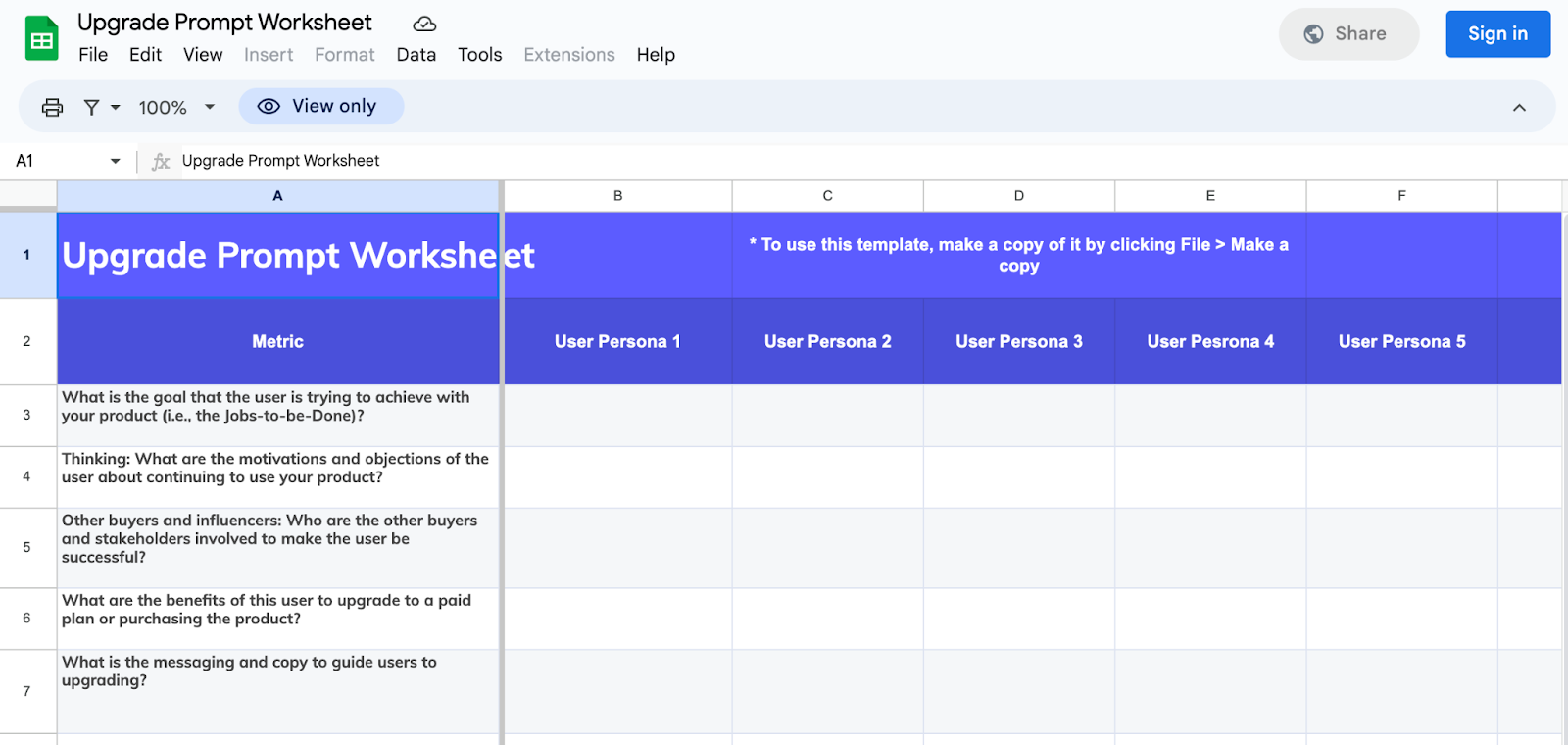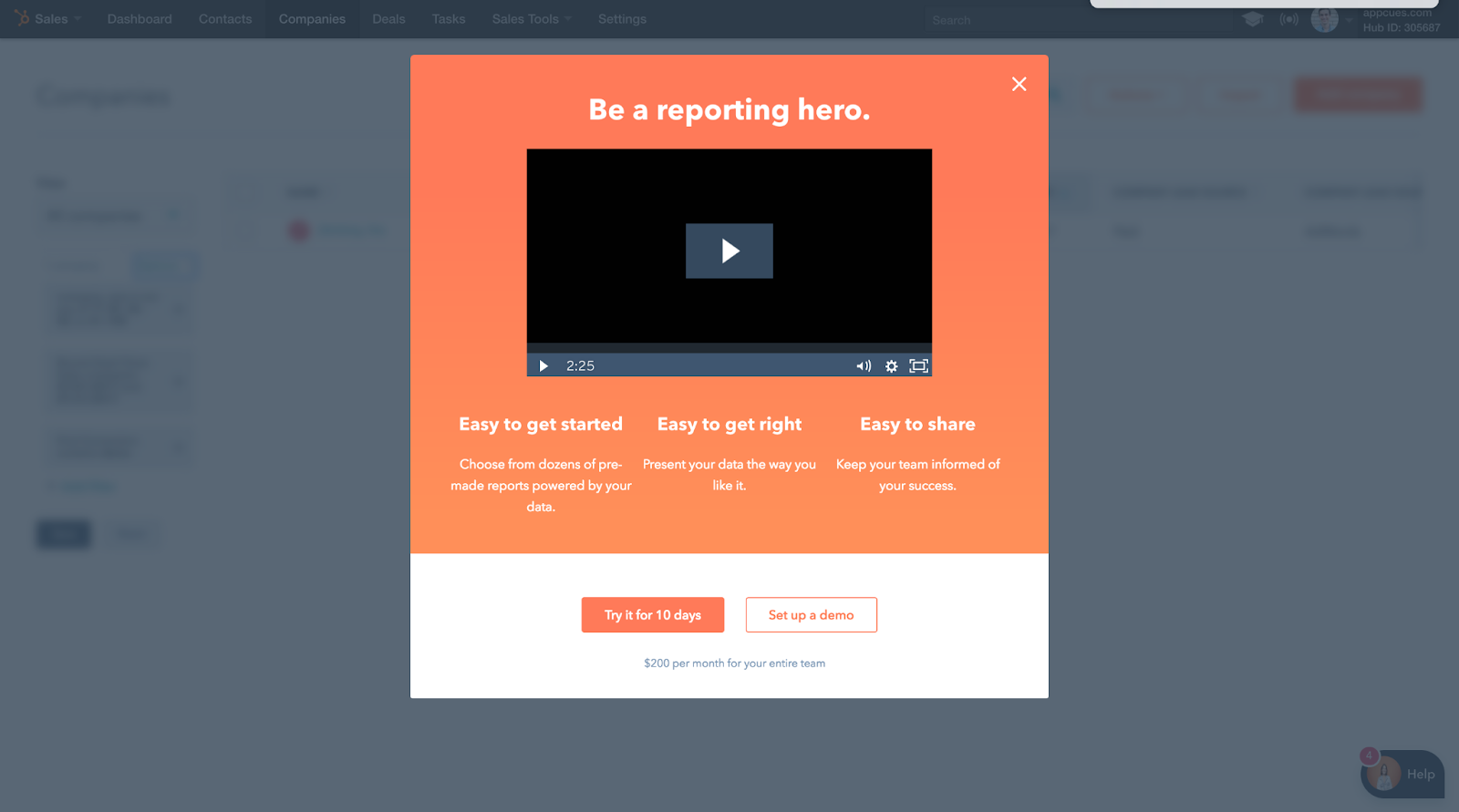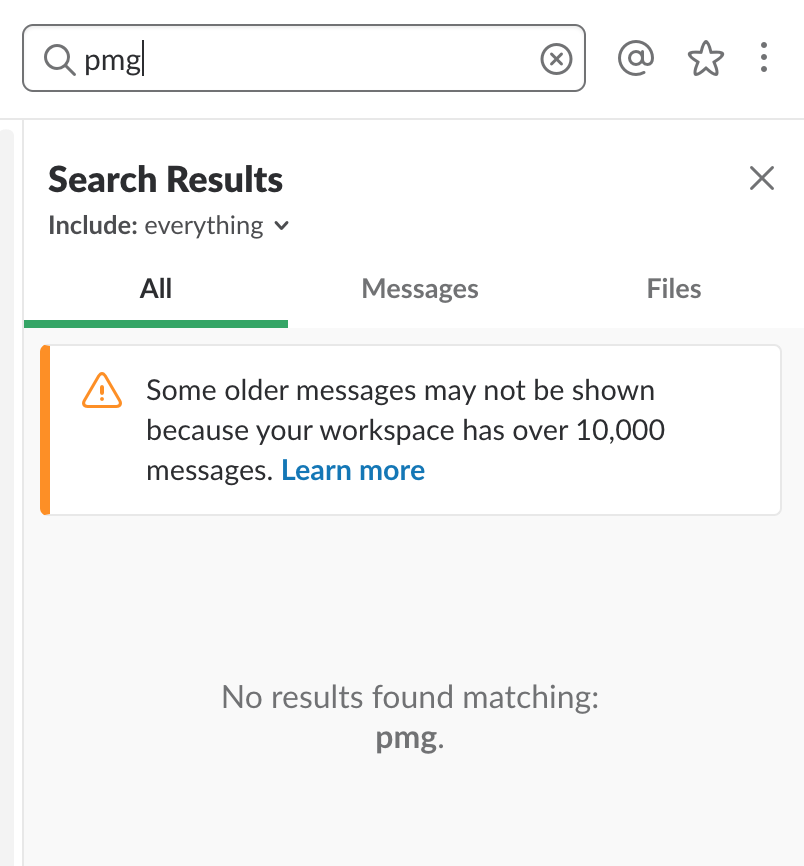
EXPANSION PLAYBOOK
evaluation playbook
activation playbook
ADVOCACY PLAYBOOK
adoption playbook
Converting free or trial users into paying customers
Monetizing users can be tricky. In this playbook, we’ll go over the strategies and techniques you can use to convert free users of your app into paying power users.







